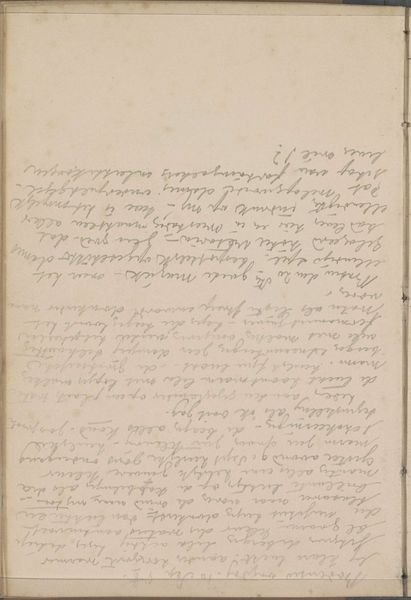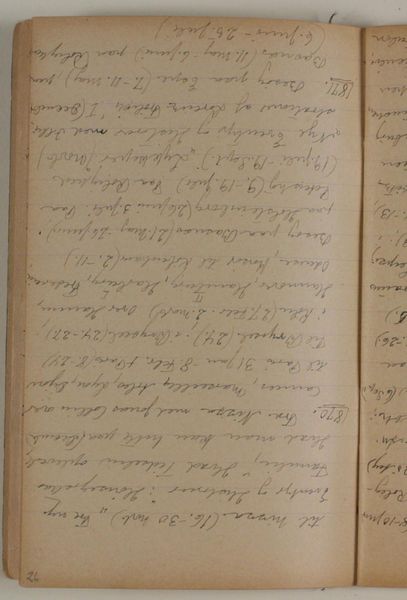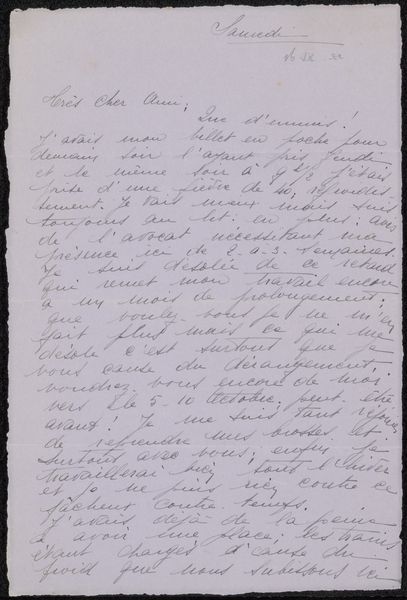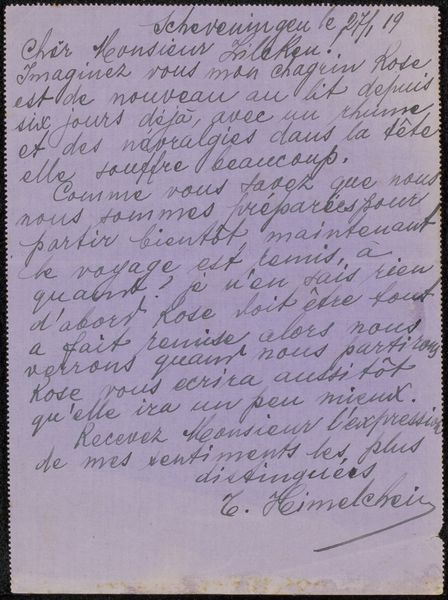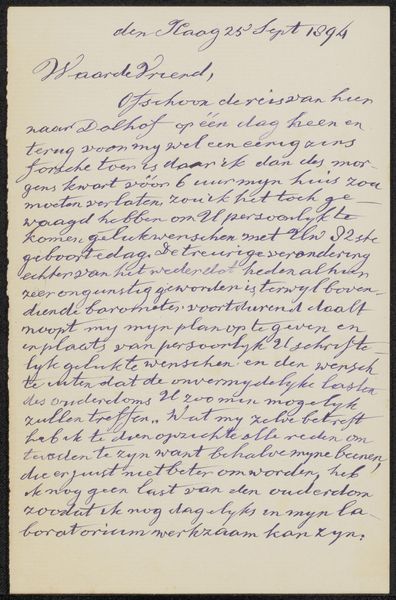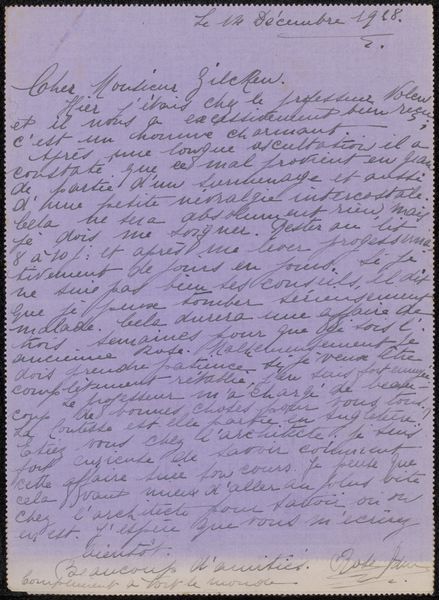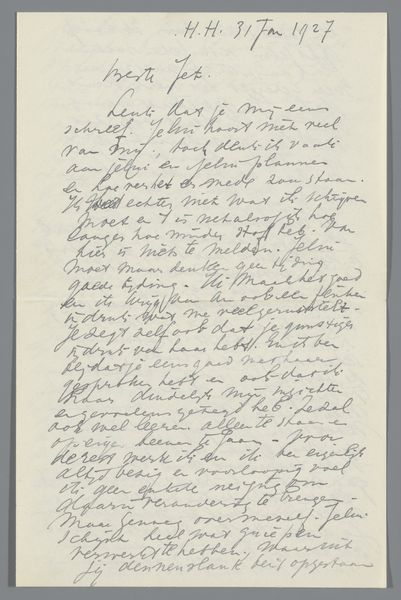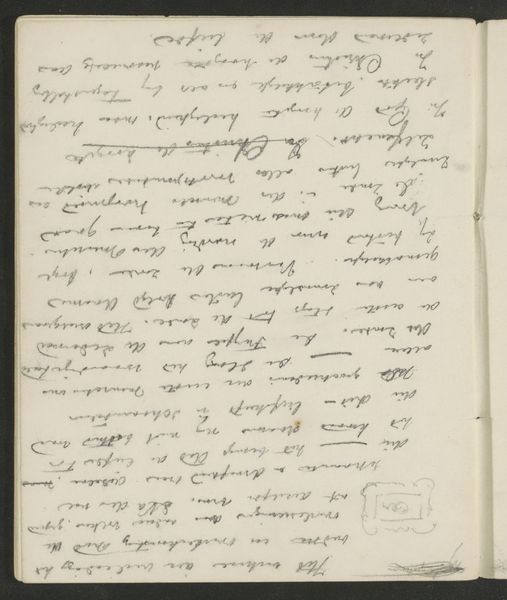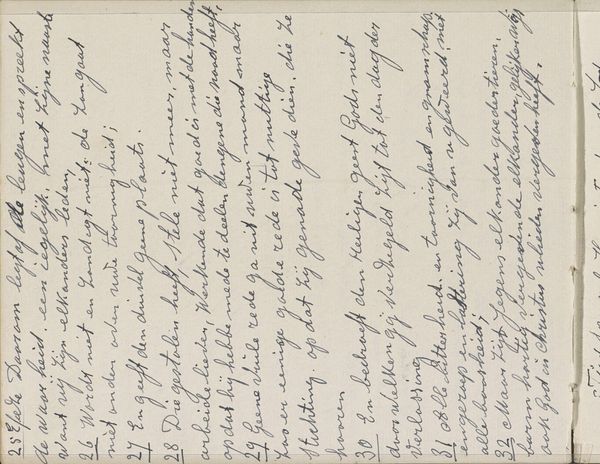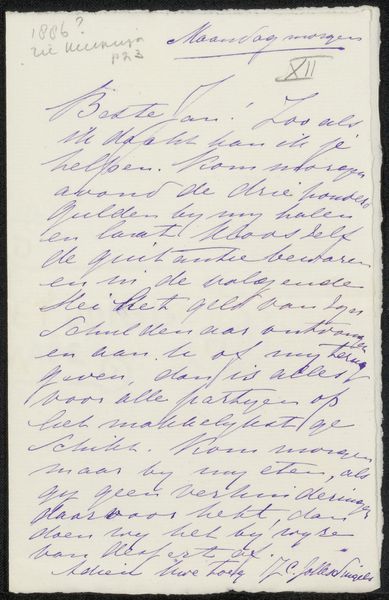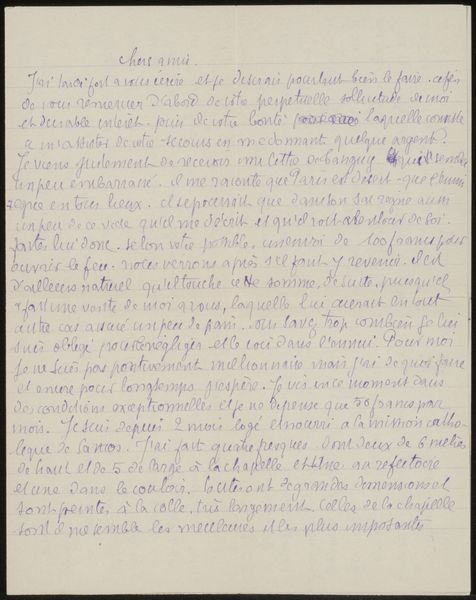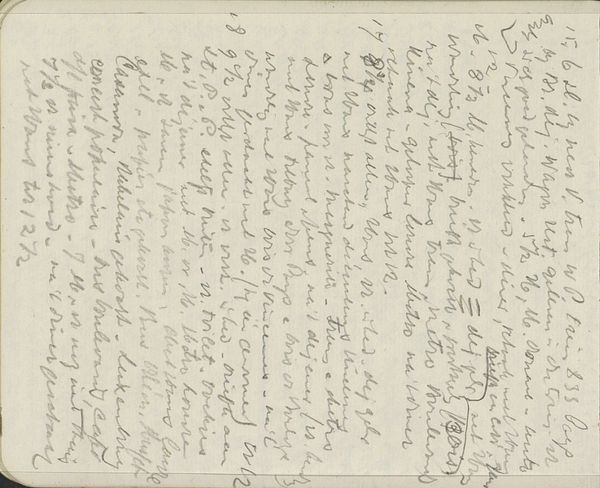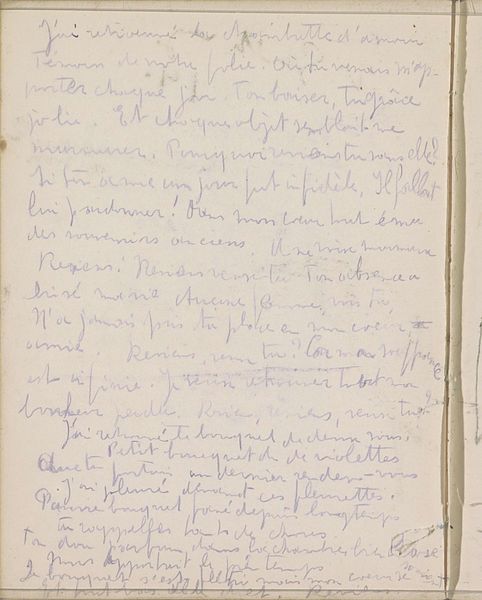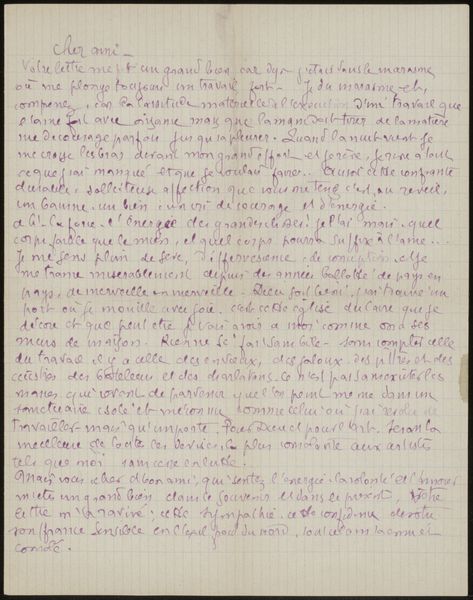
Copyright: Rijks Museum: Open Domain
This undated work from Johannes Tavenraat at the Rijksmuseum is inscribed with a description of the Krimml waterfalls, likely composed en plein air. As a social historian of art, I find myself reflecting on how the image creates meaning through visual codes, cultural references, and historical associations. The Netherlands in the 19th Century saw the rise of landscape painting. Artists sought to capture the sublime power of nature. Yet, this artistic endeavor was also entwined with the growing sense of national identity and pride in the Dutch landscape, as well as an expanding tourist industry. The act of sketching outdoors and the description of a specific location contribute to the romantic ideal of nature as an authentic experience. Such works often reveal the cultural values and social conditions that shape artistic production. To understand it better, we can examine travel literature, guidebooks, and other cultural artifacts that reflect the changing relationship between humans and the natural world. In the end, art's meaning is always contingent on its social and institutional context.
Comments
No comments
Be the first to comment and join the conversation on the ultimate creative platform.
